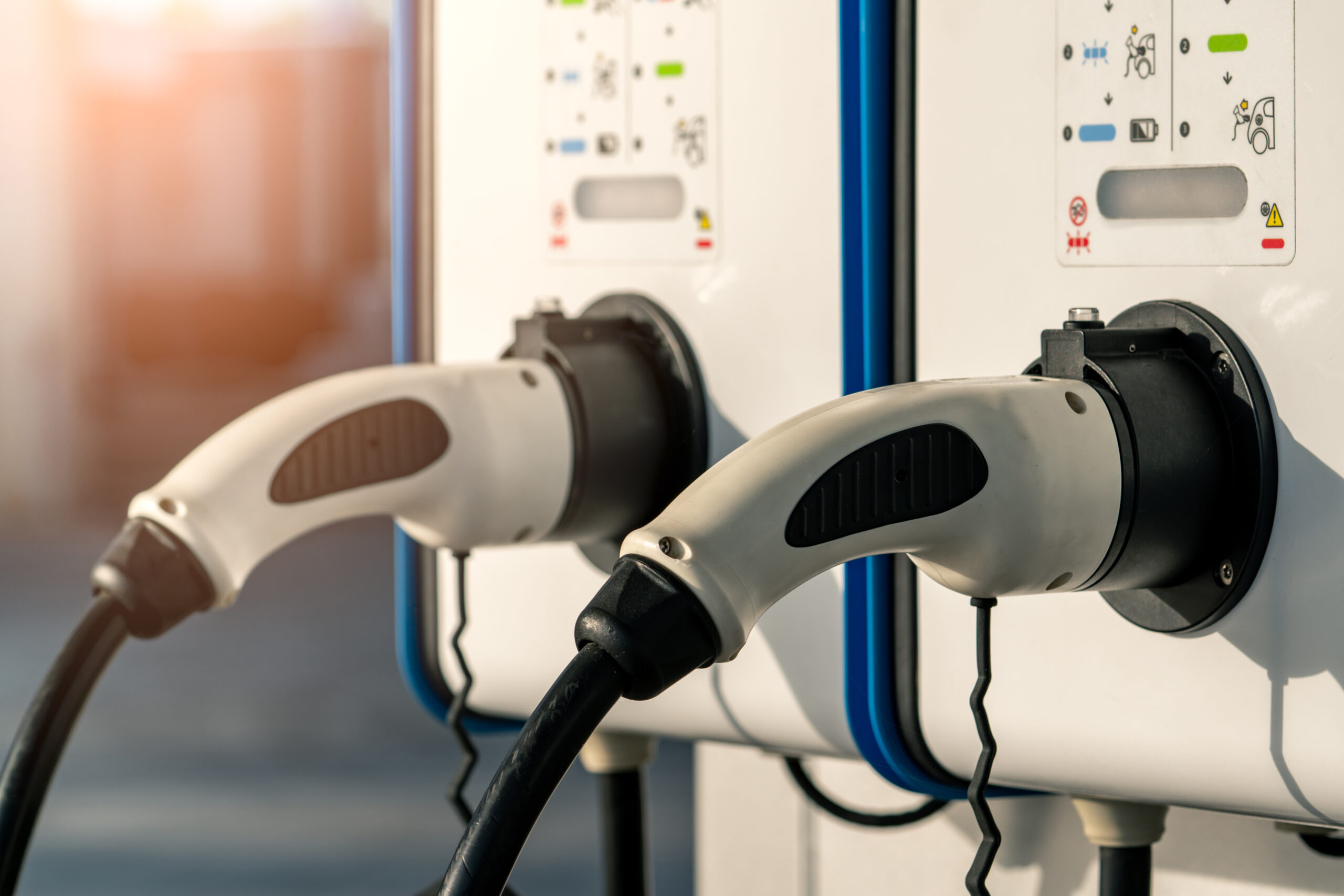
Types of Chargers for Electric Vehicles
Electric vehicles (EVs) are quickly gaining steam in the United States. The proof is in the charging stations, which are popping up across the country at paid parking lots, hospitals, retail shops, and even rest stations. There are three types of chargers for electric vehicles: Level 1, Level 2, and Level 3. Here, we’ll discuss the three types of chargers and help you determine which one you should choose.
What are the Types of Chargers for Electric Vehicles?
There are three types of chargers for electric vehicles: Level 1, Level 2, and Level 3. Level 1 and Level 2 chargers can be used to charge your EV at home. In addition to Level 2 chargers, Level 3 chargers can be found at public charging stations. They offer the fastest charge by using direct current (DC).
Level 1 Charging: 120-Volt
Level 2 Charging: 208-Volt to 240-Volt
Level 3 Charging: 400-Volt to 900-Volt
What is Level 1 Charging?
Level 1 charging is often used at houses. It is equivalent to the 120-volt home outlet, so it does not require additional equipment. It is the slowest type of charger for an electric vehicle, which is why many drivers choose to upgrade. In total, most vehicles only get two to five miles of energy out of each hour of charging with a Level 1 charger. For this reason, it is the best match for plug-in hybrid electric vehicles, which have the smallest batteries.
What is Level 2 Charging?
Level 2 charging stations are the most common throughout North America and are often found in homes, public places, and workplaces. The energy level produced by a Level 2 charging station is much more measurable, ranging from 10 to 20 miles per hour of charging. The amount of power generated depends on the Level 2 charger output and the charge rate of the electric vehicle. Level 2 chargers are the type of charger recommended for home charging.
What is Level 3 Charging?
Commonly referred to as a DC Fast Charge, Level 3 charging stations are the highest level and can charge an electric vehicle’s range as much as three to 20 miles per minute. This is because a Level 3 charging station relies on direct current (DC) instead of alternating current (AC), like a Level 2. However, due to their reliance on DC, they are not typically recommended for residential use and are only available in public locations.
Where are Types of Electric Vehicle Chargers Installed?
As mentioned, electric vehicle chargers are growing in popularity in public parking lots such as hospitals, paid parking lots, retail shops, and rest stops. Many people also opt to install Level 2 chargers in their garages to enhance fast-charging capabilities. Most homeowners will find that installing a Level 2 charger does not require an electrical upgrade. However, in some instances, it may, which is why it is a good idea to discuss the project with an electrician before moving forward.
Learn more about electric vehicles and electrification at www.propark.com/electrification.